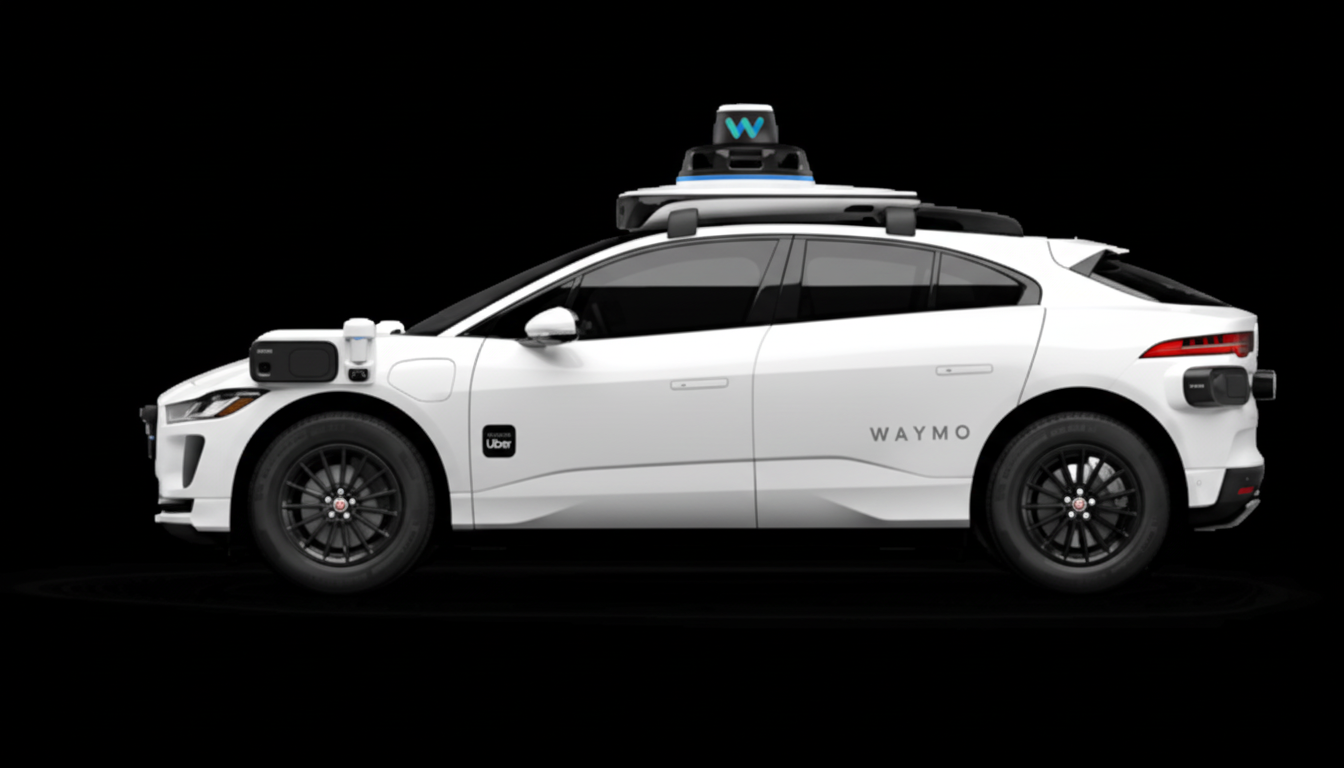Astro Teller, the head of Alphabet’s X, articulated a stark definition of what qualifies as a true moonshot and why most attempts should be engineered to fail quickly. His point was direct and counterintuitive: The value in X is that it comes with a 2% hit rate because disciplined learning from the other 98% is exactly the point.
That philosophy has led to hits like Waymo and Wing, but also produced shut-downs like Loon and Makani. Both systems are working, as Teller sees it, if these two outcomes occur for the right reasons.
- How X Defines a Moonshot: Problem, Product, Tech
- Kill Testing and the 2% Hit Rate Inside X’s Pipeline
- Audacity with Humility: Guardrails Against Self-Delusion
- From Factory to Field: X Projects That Graduated
- Teaching Innovation And Psychological Safety
- Why This Playbook Matters for Alphabet’s Future Bets

How X Defines a Moonshot: Problem, Product, Tech
X uses a three-part test. First, the target must be an enormous real-world problem valuable to solve at planetary scale. Second, there must be a product idea or service that could conceivably eliminate that problem should it succeed. Third, the concept has to turn on a transformative technology that gives us some shred of technical hope.
It is essential that ideas are conceived of as testable hypotheses. A flight of fancy — a teleporter, maybe — also receives a little budget to see if it can be proved wrong at the center of its assumptions. The point isn’t to try and shoehorn an idea into existence, but rather accumulate evidence quickly enough to know if the opportunity is once-in-a-generation or a dead end.
Kill Testing and the 2% Hit Rate Inside X’s Pipeline
X sends more than 100 projects a year, said Teller, and only about 2% are expected to graduate after five to six years. But 44% of X’s total spend goes to those graduates — along with most of the bad ideas that get “killed” early in their funding life so they don’t take up much money.
The approach is a step toward some of the portfolio theory for venture capital, where a small number of outliers account for most returns. Research from organizations like the Kauffman Foundation has measured that outcomes in startup portfolios follow a power-law distribution. X embodies that philosophy within an R&D factory: maximize the rate of learning, minimize the cost of being wrong, and double down only when crazy stops looking quite so crazy today as it did yesterday.
Teller’s framing also harkens to DARPA-style program management, which always stresses high-risk bets along with aggressive milestones that either unlock the next tranche of dollars or trigger termination. The discipline is what separates moonshot romantic rhetoric from a recurring operating model.
Audacity with Humility: Guardrails Against Self-Delusion
Moonshots require a paradoxical culture. X looks for audacity to set off unlikely journeys, then asks for humility to guard against teams venturing too far down seductive paths. And in practice, you should always ask what would falsify the idea next; not what will make this more demoable.
Such a balance can help guard against two pitfalls that often plague frontier R&D: analysis paralysis and sunk-cost blindness. By codifying “kill criteria” into their experiments, teams become adept at celebrating ending projects as much as scaling them.

From Factory to Field: X Projects That Graduated
Waymo’s self-driving car service and Wing’s drone delivery network are examples of X projects that have graduated into the world. Waymo has driven tens of millions of miles autonomously on public streets, and Wing has made hundreds of thousands of commercial deliveries across several markets.
Other efforts show the range of bets: Taara’s free-space optical links stretch connectivity with beams of light; Mineral creates tools for climate-resilient agriculture; Intrinsic makes software for industrial robots.
Loon’s stratospheric balloons and Makani’s energy kites, despite being shut down, both produced valuable IP and hard-won lessons about physics, policy, and cost curves.
Teaching Innovation And Psychological Safety
Teller posits that radical creativity can be taught again. The key is to create environments where people are not penalized for asking naive-sounding questions. That squares with research from Harvard’s Amy Edmondson and Google’s own Project Aristotle, which identified psychological safety as a crucial determinant of team performance.
In practice, X brands failure cheap at an early date socially and financially. Small, reversible bets promote bold hypotheses; structured reviews keep experiments honest. Over time, this exercises an institutional muscle for unorthodox thought.
Why This Playbook Matters for Alphabet’s Future Bets
Alphabet’s Other Bets have long been intentionally losing money as the company figures out what technologies could emerge as future growth engines. X’s moonshot mechanics — inexpensive falsification, strict milestones and focused follow-on investment — are meant to transform a minuscule percentage of wacky ideas into durable decadelong advantages.
In a culture in which most corporate R&D can be found optimizing for incrementalism, X is a different template. The lesson isn’t that 98% failure is something to strive for, in every instance; it’s that a combination of the audacious and the humble can work a kind of alchemy using hard kill tests to turn doubt into a quantifiable process. That is why a moonshot isn’t simply the sorcery of language, it is an operating system for innovation.

